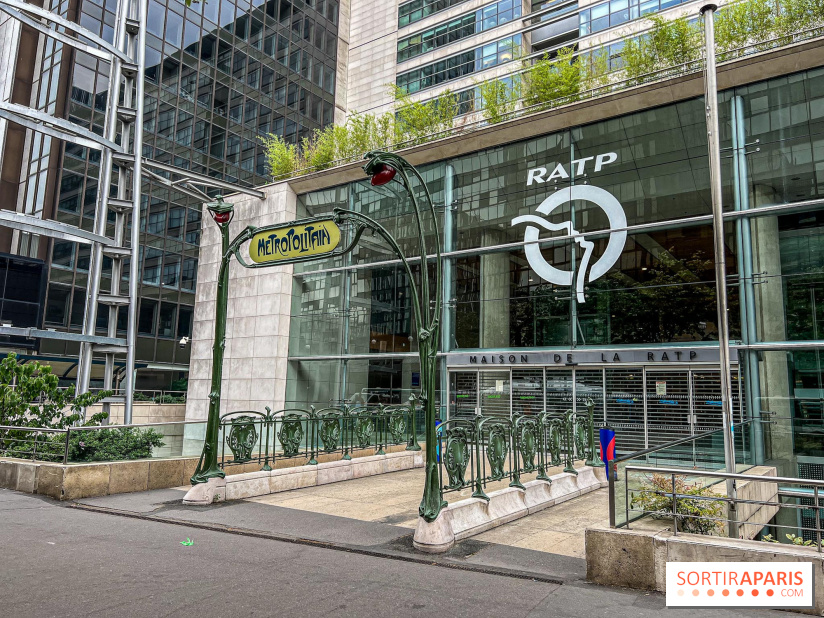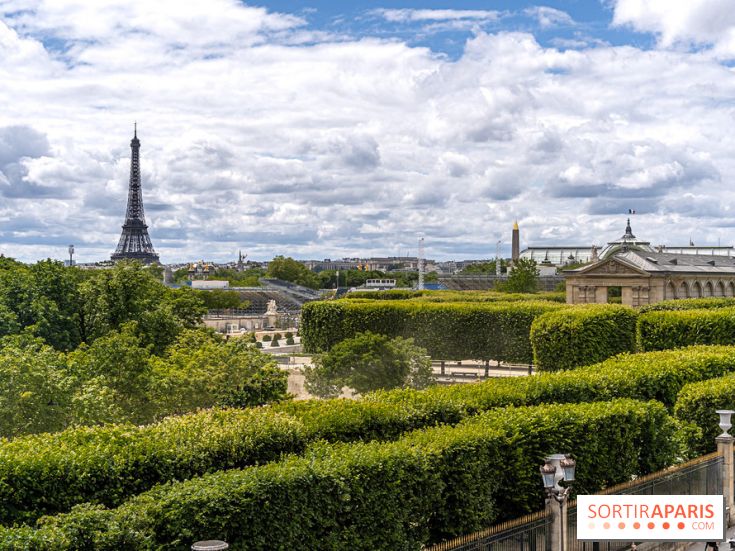According to Île-de-France Mobilités, 9.4 million journeys are made every day by Ile-de-France residents thanks to the region's extensive public transport network (1,500 bus lines, 16 metro lines, including two "bis" lines, 14 streetcar lines and 13 train and RER lines).
While many commuters take public transport without question, others are more concerned, particularly about the PM10 fine particle pollution present in stations and stations. So, this Tuesday, October 15, 2024, Airparif (the Île-de-France air quality observatory) is publishing a comprehensive map of fine particle levels recorded in 426 station platforms and metro and RER stations.
So, what are the results? Which stations are the most polluted in Paris and the Île-de-France region? Of the 426 stations and platforms in the RATP and SNCF network, several have high levels of fine particle pollution, i.e. over 480µg/m3, the maximum threshold recommended by the FrenchNational Health and Safety Agency (Anses). These are the Jaurès, Oberkampf, Belleville, Iéna, Laumière, Michel-Ange-Auteuil, Michel-Ange-Molitor, Ourcq, Père-Lachaise, Pigalle, Saint-Philippe-du-Roule and Trocadéro metro stations. All are located on metro lines 2, 5 and 9.
For the rest of the study,"average levels of particulate pollution" were recorded in 276 station platforms, while"low" levels (less than 140µg/m3 over one hour) were found in 123 platforms. In an initial study revealed last January, 31 stations (out of 44 analyzed) showed " average levels ", including Auber (RER A), Pereire-Levallois (RER C) and Neuilly-Porte Maillot (RER C), Musée d'Orsay (RER C), and Magenta (RER E) stations, as well as Stalingrad (lines 2 and 5), Gare du Nord (lines 2, 4 and 5), Châtelet (lines 1, 4, 7, 11 and 14), Alexandre Dumas (line 2) and Saint-Ambroise (line 9).
In its latest study, Airparif explains that"the type of rolling stock, and in particular the braking system, has a major influence on air pollution levels". The Paris Region air quality observatory also highlights"ventilation and the presence of landing doors" as"significant influencing parameters".
This comprehensive mapping of air quality in the metro and RER follows on from an initial study unveiled last January, which was based on 44 stations and stations. At the time, Valérie Pécresse, President of Île-de-France Mobilités (IDFM), asked operators RATP and SNCF to take concrete action"to combat air pollution in the tunnels". In particular, they were asked to deploy " as quickly as possible " a " system that reduces fine particle emissions generated when trains brake ", especially on RER line A, as well as metro lines 1, 2, 3, 4, 5 and 9.
Official website
www.airparif.asso.fr



















